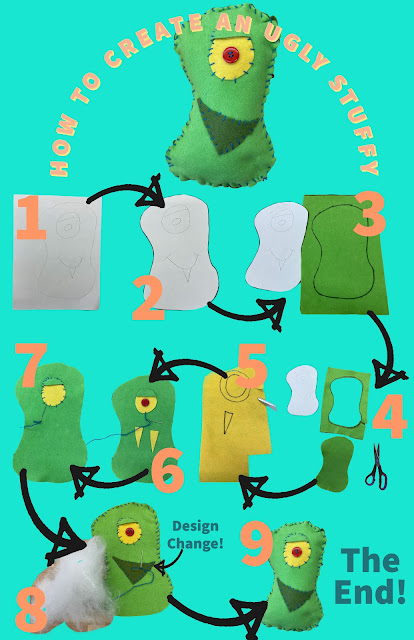One of the goals for my Level 2 Design class for the 7th and 8th graders was to get them building with their hands. I wanted students to design, measure, cut, and build. One of the easiest ways to do this is through making cutting boards. When it comes to woodworking projects, this is a great beginner project that has kids leave with something they have created and can give away as a gift. Here are some of the highlights of the process.
Students select their pieces, glue them together, and clamp them in place. What is nice here is that I have a variety of sizes of the wood strips so students can choose a design that works for them. The catch is that the overall board cannot be over 6.5 inches in width. Any wider, and the clamps will not fit. These middle schools will need to work on their measuring and addition skills to make sure the design they want fits in the size constraints.
Once all of the boards have dried, a couple of students volunteered to help trim the boards. It is another math problem for the students to figure out how much do they need to trim without shrinking the board beyond 11 inches in length. Students then sand the board for a bit with 120 grit sanding block to get rid of any rough edges.
Next, students will use cutting board oil to seal the boards and make them food safe for use. Students need to measure the correct amount to use for the board. Once the boards are oiled, the students wait for it to dry and can take it home the next day.
For this projects, students are using a mitre saw, planer, glue, and some boards I ordered from Amazon. People ask me what do students learn in a Maker focused class and there are different answers for different projects. When it comes to cutting boards, students are using those math skills they have learned over the years and are also learning some basic principles of design and building.
This is a project that I think would be an amazing addition to a math class exploring geometry. It would take some prep on the teacher's part, but it could be a fun project that gets kids thinking about shapes in a different fashion.
This is not for everyone, but I though I would share for those looking for something different.
Hugs and High Fives,
N Provenzano







.png)


.png)




.png)

.png)


